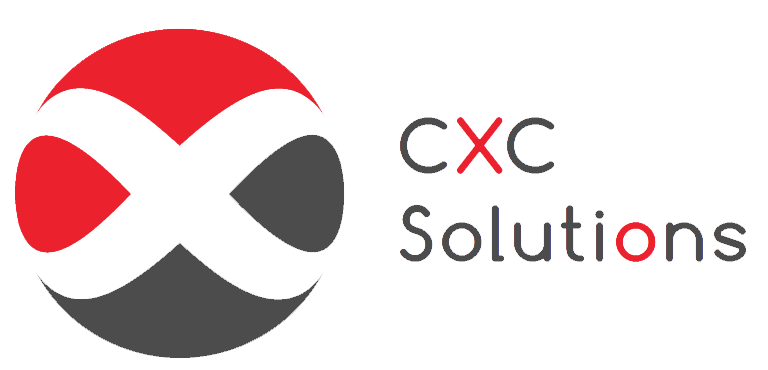Prescription Drug Data Collection (RxDC) Reporting

Why is understanding NQTLs so important?
May 1, 2023
The Fiduciary Blind Spot
July 29, 2024As of 2021, per the Consolidated Appropriations Act (CAA), Prescription Drug Data Collection (RxDC) is now required for all insurance companies, pharmacy benefit managers (PBMs), and employers sponsoring group health plans. While administrators and PBMs are well versed in healthcare and benefits compliance, employers may need a helping hand with their legal obligations regarding this new requirement. Information that is not available to their administrator or PBM like overall plan information, enrollment, and premiums are left blank resulting in potential noncompliance. That’s where CXC Solutions comes in.
CXC now has a solution that takes care of the RxDC filing that administrators and PBMs may have missed in filing on behalf of our partners either by missing certain questionnaire deadlines or simply not asking at all. With our help, these two filings—P2 and D1—are taken care of for employers with just a few details and a few clicks of a mouse.
We’ve developed the following FAQs on RxDC to help employers understand what’s required, when it’s required, and a little more about the process that will get this information where it needs to go:
What is required for RxDC reporting?
Entities must submit detailed information about prescription drug and health care spending on an annual basis. The reports include a file of overall plan information (P2), details about the plan’s enrollment information and allocation of premium dollars (D1), plus seven additional data files (D2-D8) that primarily reflect statistics about the plan’s prescription drug usage and medical claims data.
When are these reports due?
RxDC files are due by June 1 of the following calendar year (e.g., 2023 reports are due by June 1, 2024). Reporting is completed on a calendar year basis, which means that groups with non-calendar year plans will need to compile information spanning two plan years, and potentially multiple sets of vendors if changes were made to the carrier, PBM, etc. when the plan renewed midyear.
How do these files get submitted?
The reports must be submitted electronically through the RxDC module within CMS’s Health Insurance Oversight System (HIOS). It typically takes multiple weeks to create the account required to file with this system, and there are currently no alternative submission methods.
What are the penalties for noncompliance?
The regulations do not explicitly spell out penalties for noncompliance; however, it appears that Section 502 of ERISA applies to this requirement, meaning that noncompliance penalties could be assessed at $100 per plan participant per day.
What do employers need to do?
Employers are ultimately responsible for ensuring that this reporting is completed on a timely basis. Employers should (1) verify in writing that their carriers/TPAs/PBMs will be preparing and submitting the D2-D8 reports and (2) either prepare and submit the P2 and D1 files for their organization or work with another vendor to complete this submission. Due to the complex requirements within these P2 and D1 files, most employers will need assistance from a vendor or compliance expert to create these reports.
Some carriers, TPAs, and PBMs have already announced that they will not be assisting their clients with these aspects of RxDC reporting. Other vendors have announced that they will help some or all of their clients, but only if the employer provides necessary information by a specific date. In some cases, those dates have already passed
What exactly are the D1 and P2 files?
The P2 file reflects relatively straightforward information about the employer and the health plan they have offered. Examples of the P2 information employers will need to provide include who their TPA, PBM, and issuer were, what kind of insurance they offered, what their 5500 and group health plan numbers were, what state(s) their plan operated in, etc. This file acts as a “cover letter” and must be submitted any time another RxDC file is submitted. This means that if an employer’s D2-D8 files are submitted in different parts by numerous vendors, the employer’s P2 file must be included with each distinct submission.
Things get much more complicated with the D1 file, which tells CMS how many people the plan covered, how much the plan spent in premium dollars, and how the premium dollars were allocated between members and the employer. Calculations are required to determine these values, and what goes into those calculations will depend on the group’s plan year and insurance type. The calculations become even more complex for employers with non-calendar plan years, especially if the employer’s vendors and/or insurance type changed midyear
Why won’t my carrier/TPA/PBM create these D1 and P2 files for me?
Many vendors are focusing on the “heavy lift” that the D2-D8 files require, and don’t have the same convenient access to the information that the D1 and P2 files require as they do for the other data sets.
In a nutshell, CXC will work with employers, brokers, TPAs, and others to prepare and submit the D1 and P2 files on your organization’s behalf. We will collect the necessary data from you, perform calculations to complete the required fields, prepare written narratives that explain our process (if needed), deliver the results to you, then file everything with CMS. Once the submission is accepted, we’ll provide you with confirmation details so that you have proof that this component of RxDC reporting has been completed.
You can click here to learn more about our services and get in contact with a member of our team. We will be in touch with pricing and sign-up details as soon as they are available, which will be no later than April.




